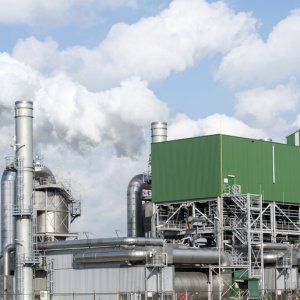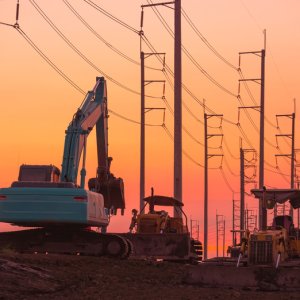Chicoasén
Forty one kilometers northwest of the city of Tuxtla Gutierrez and at an altitude of 261m, deep in the hills of Chicoasen, and nestled among the greenery in the mouth of the Sumidero Canyon on the Grijalva river, lays the spectacular Manuel Moreno Torres Dam. Known informally as ‘Chicoasén’, the CFE-operated dam was completed in 1982, has a capacity of 2,400MW, a storage space for 1,376 cubic hectometers of water and is counted among the ten highest dams in the world. The plant has eight turbo generators, each with a capacity of 300MW, and the energy generated is carried through ten transmission lines. Six of the lines carry 400kV to the city of Veracruz and across the central belt of the country, with links to the La Angostura Hydroelectric dam in Venustiano Carranza, and the four remaining 115kV transmission lines carry energy to nearby Tuxtla Gutierrez and San Cristobal de las Casas, and are linked with the Bombana hydroelectric plant in Soyala.
The Chicoasén Dam boasts a machine room with electromechanical equipment and a control room for the
operation of the plant. In order to harness the energy of water, these facilities are located below the base level of the dam. With a total area of 7,940km2, and a length of 584m, the Chicoasén Dam provides 35% of the national electricity consumption. In 2014, CFE announced plans to construct a fifth dam in the state of Chiapas, which would be known as Chicoasén II. In January 2015, the tender for construction was ceded to the consortium comprised of Omega Construcciones, Sinohydro, DYCUSA, and CAABSA Infrastructure. The group submitted a proposal that came in below budget at US$386 million and will now build the hydroelectric plant that will provide renewable energy to the southeast region, producing enough to supply 537,000 homes. The plant will be equipped with three 81.64MW bulb turbines and will provide 591GWh annually to the national grid. With a trapezoidal open channel of 933.62m and a base of 25m, the main dam includes a spillway and two lateral walls. The construction is expected to last 42 months, meaning that the plant should begin operations in July 2018.

















